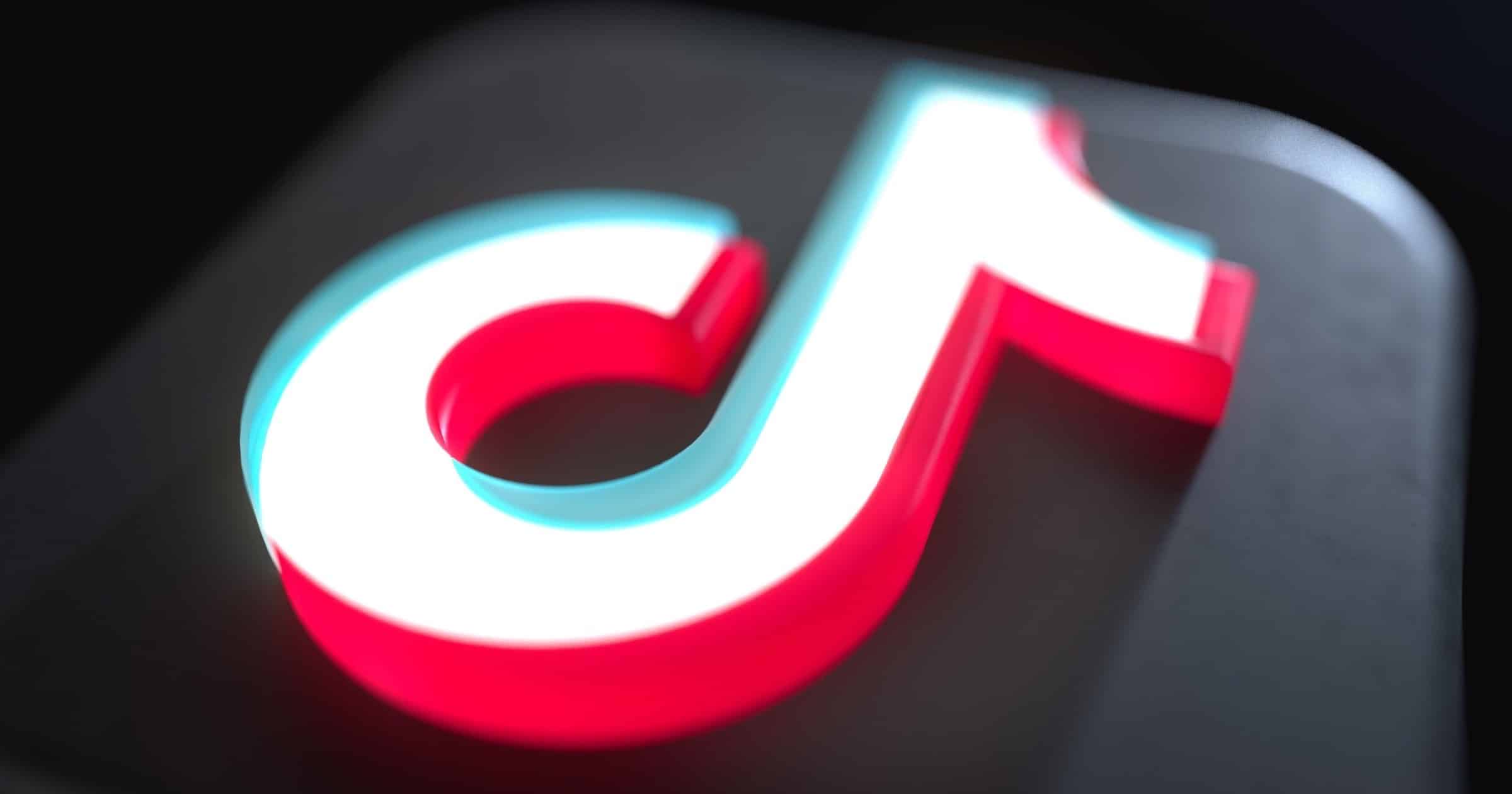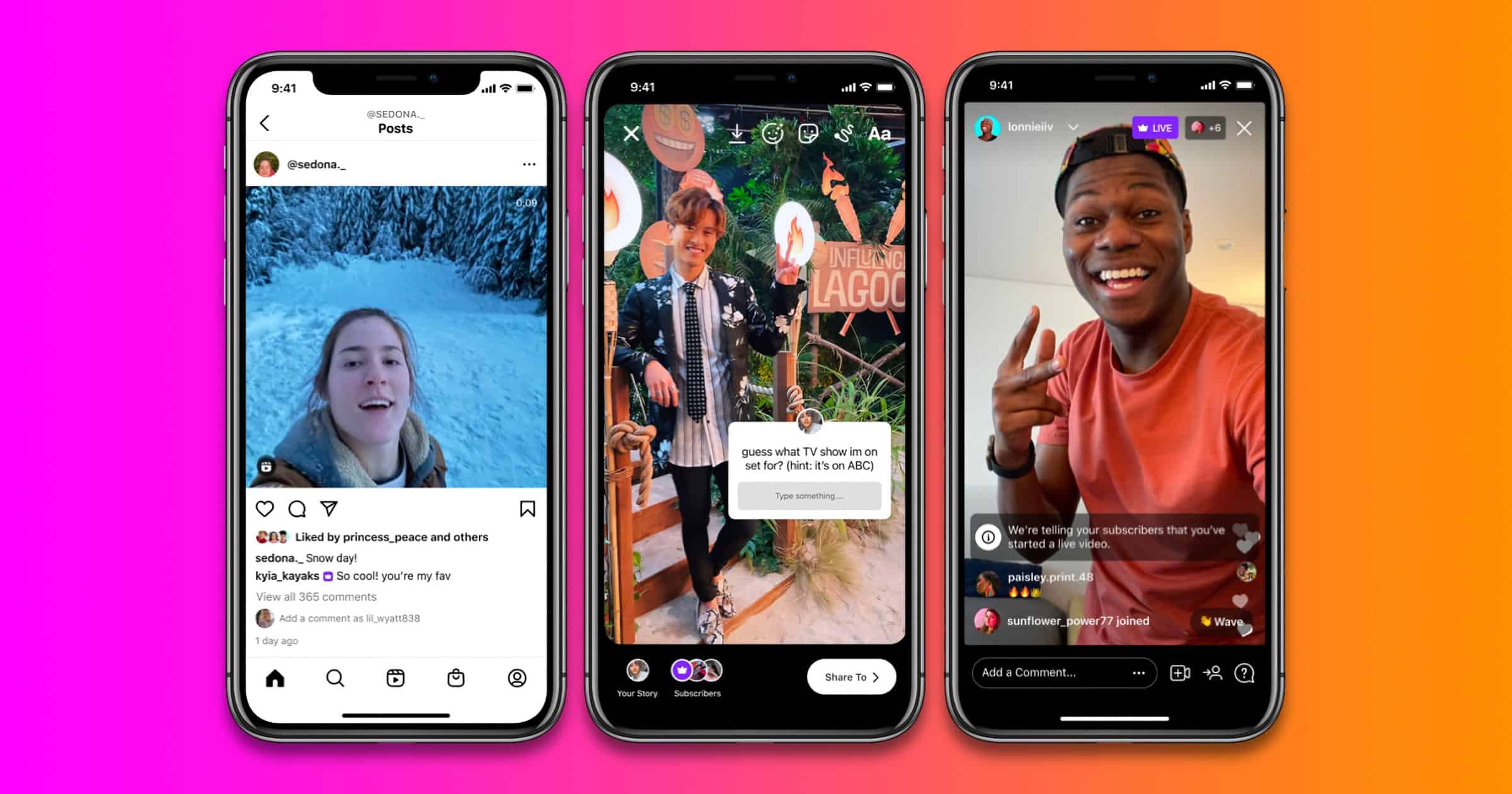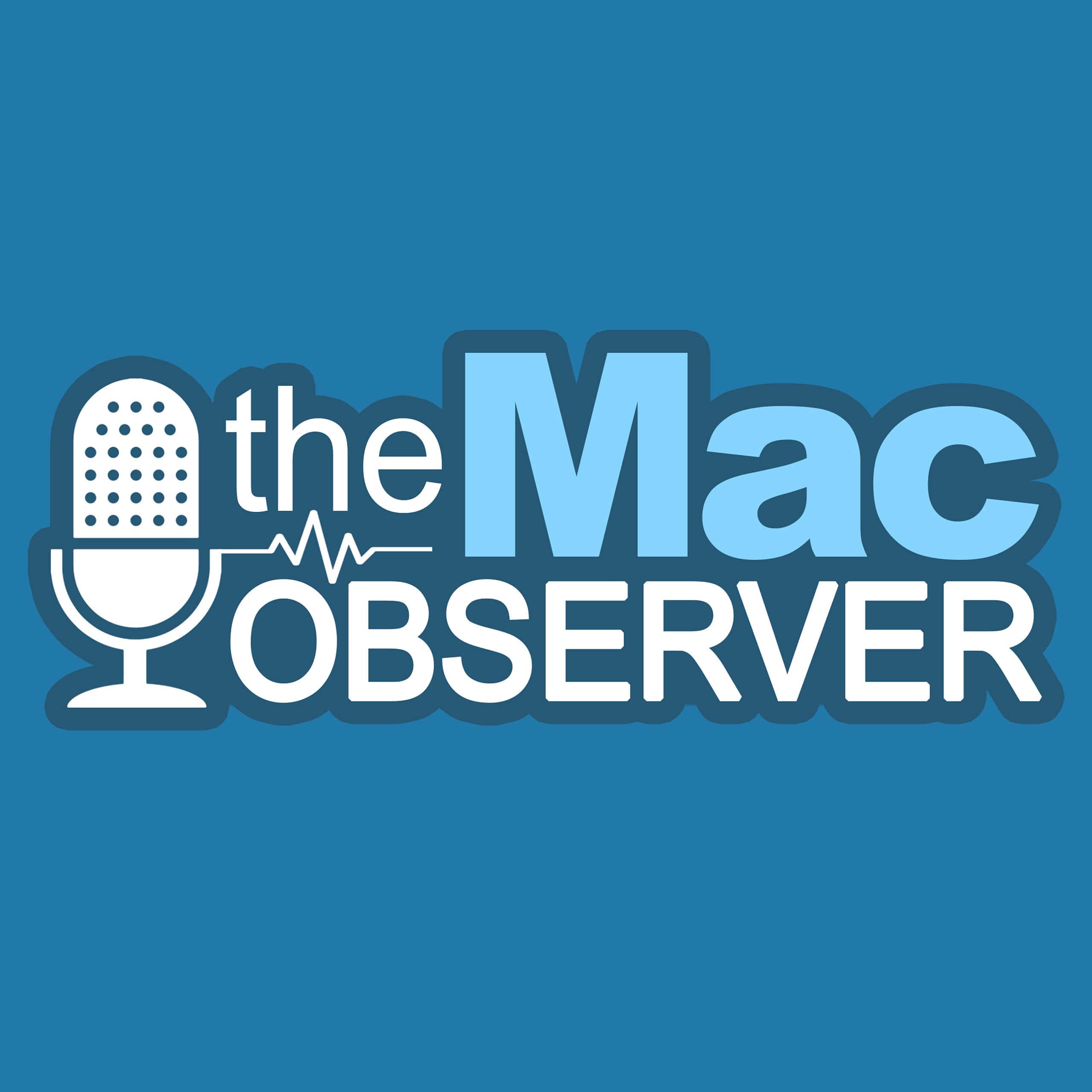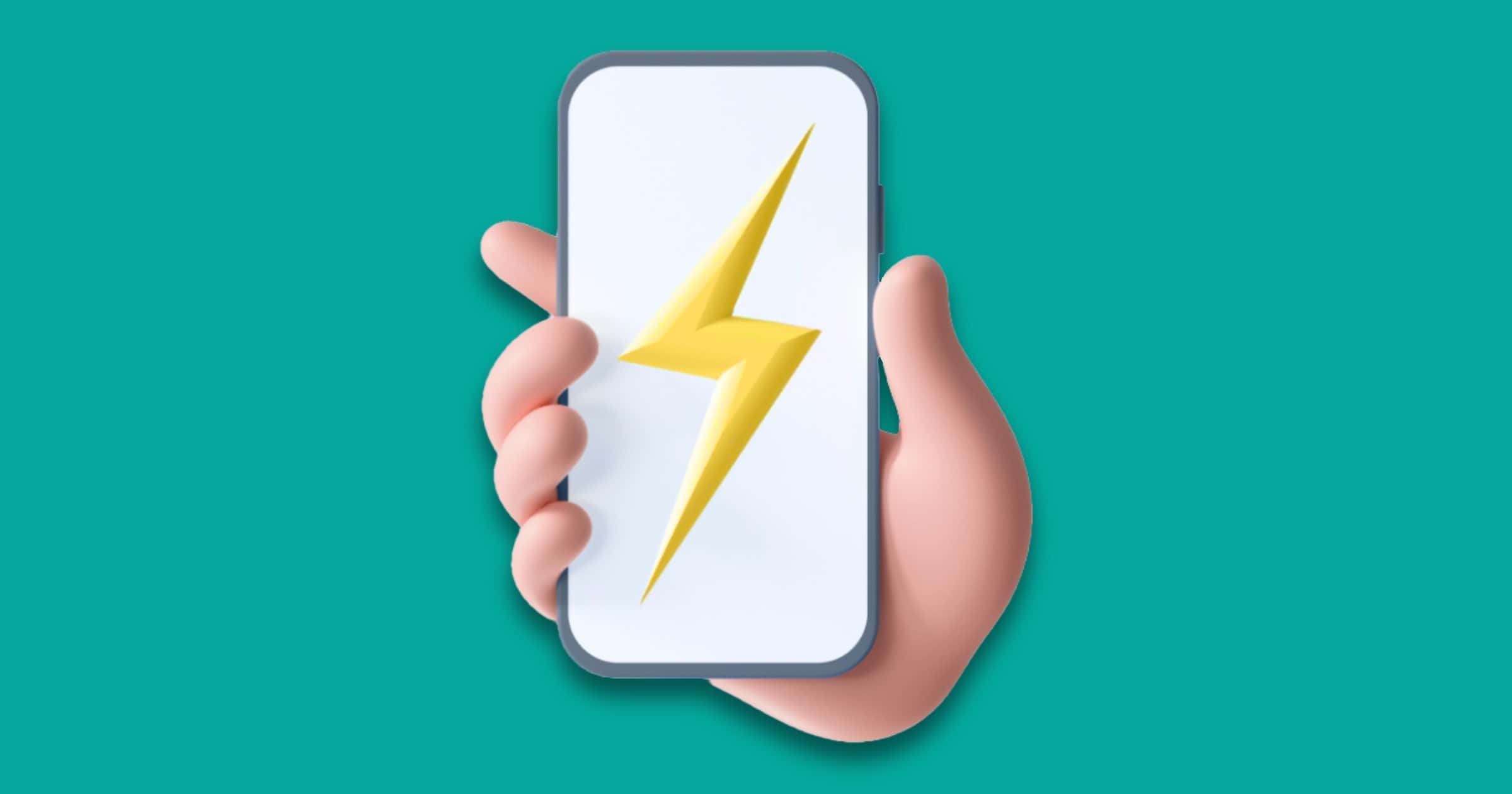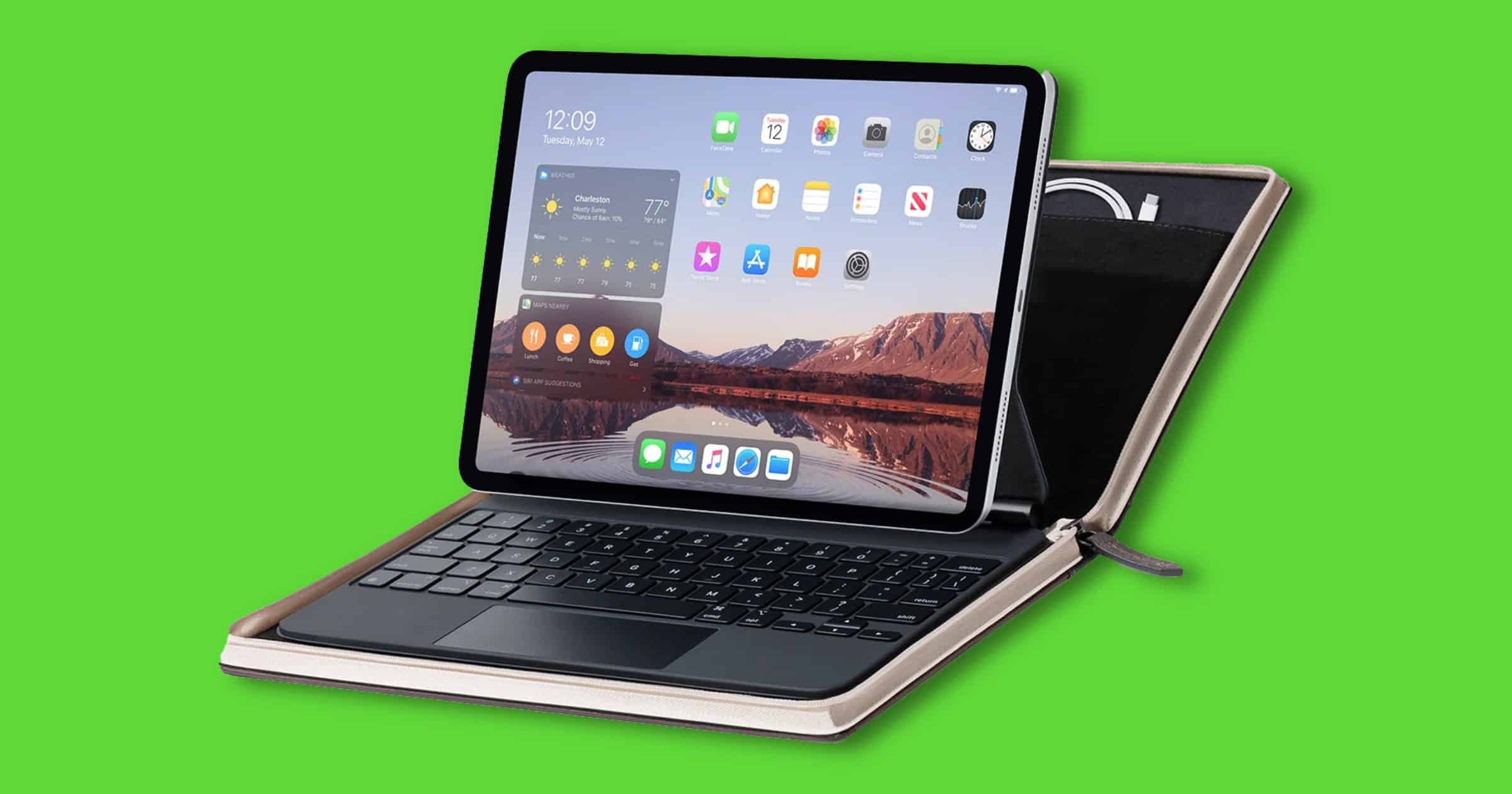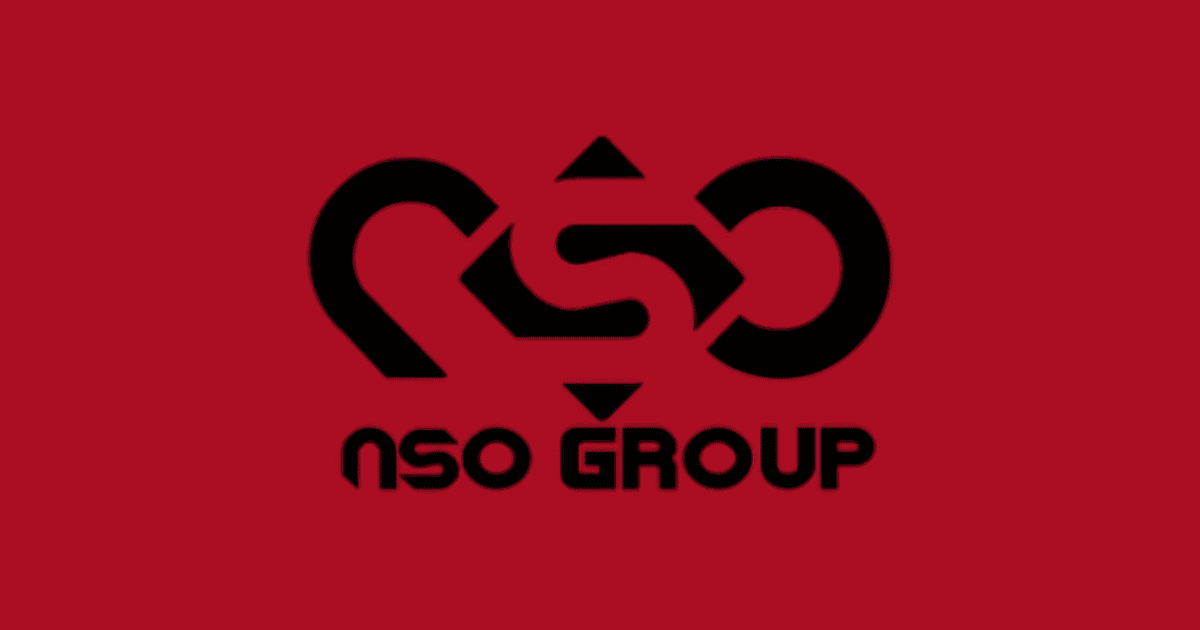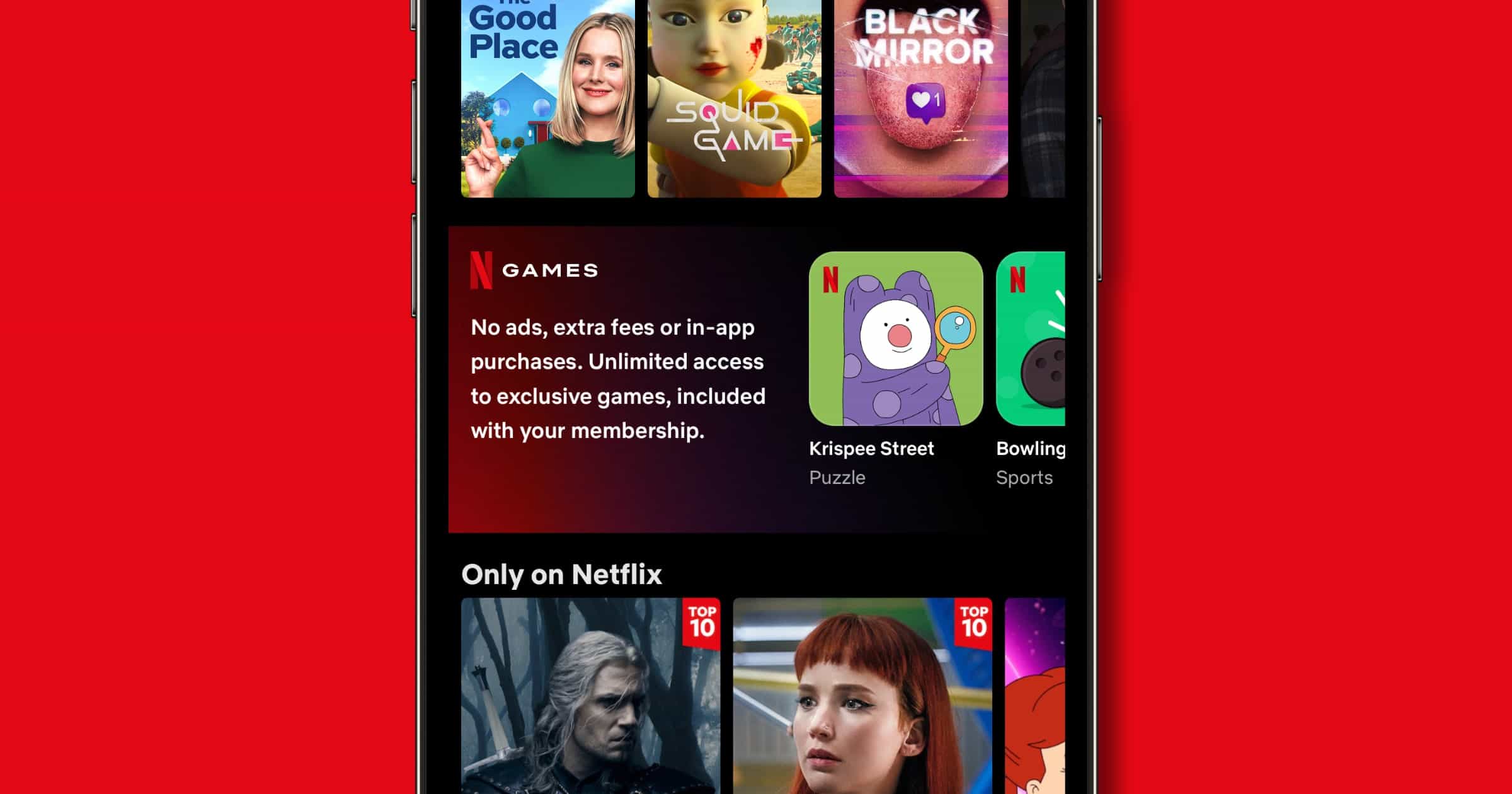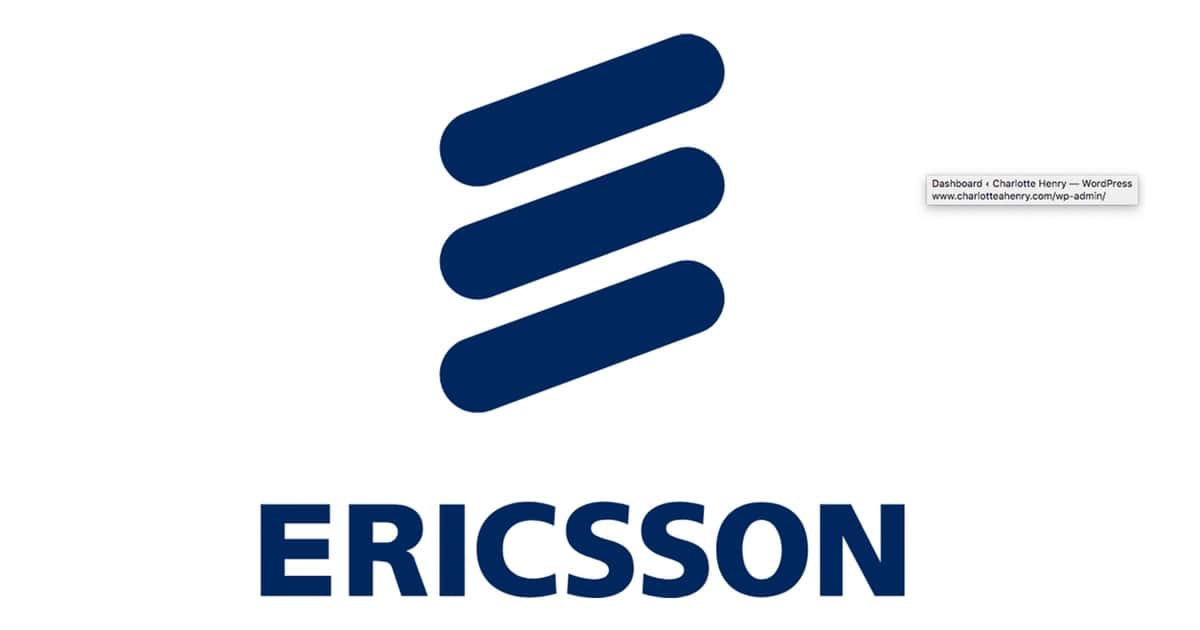Apple countersues Ericsson and seeks a U.S. import ban on mobile base stations from Ericsson, a report says on Thursday.
Court Rules Blocking Ads is Not Copyright Infringement
Publisher Axel Springer claimed that blocking ads is copyright infringement, but a German court disagreed.
The Court notes that ruling otherwise would represent a “disproportionate encroachment” on users’ freedoms to make various choices, including not to load images to save bandwidth, to deactivate Javascript, or block pop-ups or tracking elements. It would also render translation tools and aids for visually impaired people as copyright infringing.
TikTok Follows Instagram And Tests Subscription Ideas
Two of the most popular apps in the App Store, Instagram and TikTok, are starting to introduce subscription options.
'TuneIn On Air' Launches For Content Creators, Educators, Non-Profits
Live streaming audio service TuneIn launched ‘TuneIn on Air’ for content creators as well as educational and non-profit broadcasters.
Instagram Subscriptions New Way to Support Your Favorite Users
Instagram Subscriptions, launching on Wednesday, is a way for people to support their favorite profiles. TechCrunch reports:
Through the Subscriptions product, creators can choose their own price point for access to their exclusive content. There are eight different price points to choose from, starting at $0.99 per to month to as much as $99.99 per month, depending on how much a creator believes their content is worth. Most creators will likely start towards the bottom of that range, at price points like $0.99, $1.99, $2.99, $4.99, or maybe even $9.99 per month, before experimenting with higher pricing like $19.99, $49.99, or $99.99 per month.
Verizon Home Internet is Now Available for 20 Million Americans
Verizon Home Internet coverage has reached 20 million Americans, the carrier announced on Wednesday, for homes and businesses.
5G vs Airplane Radar – TMO Daily Observations 2022-01-19
Jeff Butts joins host Kelly Guimont to discuss the latest in the battle between air traffic and 5G network expansion.
'Cash App' From Block Now Supports Bitcoin Lightning Network
Block, formerly known as Square, has added support for Bitcoin’s Lightning Network upgrade. This lets users send bitcoin to anyone around the world within seconds.
The Lightning integration is made possible by the Lightning Development Kit created by Spiral, which is funded by Block. Cash App customers will also be able to send bitcoin to any compatible wallet that accepts Lightning Network payments, without being charged fees.
AT&T and Verizon Expanded 5G Rollout Sends Airlines Scrambling
The expanded 5G rollout AT&T and Verizon have been planning for months begins today, and airlines are scrambling to avoid possible tragedy.
Twelve South Introduces 'BookBook' Keyboard Case for iPad
Twelve South has introduced a BookBook iPad case, the latest product under the BookBook name. It’s available to purchase starting today.
‘WeCrashed’ WeWork Series to Debut March 18 on Apple TV+
‘WeCrashed’, the series starring Jared Leto and Anne Hathaway that tells the story of WeWork, will premiere on Apple TV+ on March 18.
NSO Targets: A List of People Infected With Pegasus Spyware
Omer Benjakob has put together a helpful list of NSO targets that includes every individual believed to have been infected with the group’s Pegasus spyware.
So far, targets have been found across the world: from India and Uganda to Mexico and the West Bank, with high-profile victims including U.S. officials and a New York Times journalist. Now, for the first time, Haaretz has assembled a list of confirmed cases involving Pegasus spyware.
Guide: iPhone Gamers Can Enjoy Two More Netflix Games
Two additional Netflix games are rolling out for mobile gamers. One is called Arcanium: Rise of Akhan and the other is Krispee Street.
ProtonMail Now Blocks Tracking Pixels and Hides Your IP address
ProtonMail now blocks tracking pixels and hides your IP address, the company announced on Wednesday. The web app is mentioned so these features may not be present in the mobile apps.
By default, ProtonMail on the web now protects your privacy by: Blocking tracking pixels commonly found in newsletters and promotional emails, preventing senders from spying on your mail. Hiding your IP address from third parties so your location remains private.
Update: A ProtonMail spokesperson confirmed that this is indeed only for the web app, and expanding it to the mobile apps is part of development plans.
Apple TV+ Content Receives Nine NAACP Image Award 2022 Nominations
Apple TV+ programmes and films, including ‘CODA’ and ‘Swan Song’ have received a total of nine nominations for the NAACP Image Awards 2022.
VSCO Introduces New Infrared Photography Presets for Mobile Users
VSCO introduced a new set of infrared photography presets on Tuesday. The IR4 to IR7 range is designed to aid mobile photographers.
Microsoft Office Update Brings Full Native M1 Support to Excel
The latest version of Microsoft Office for Mac, version 16.57, introduces full M1 native support to Excel.
US Antitrust Enforcement Opens for Public Comment by Agencies
The U.S. Justice Department and Federal Trade Commission (FTC) want to improve the currently antitrust enforcement in the country.
YouTube Killing Off Originals Business
YouTube is abandoning its originals play, and the head of the division, Susanne Daniels, is leaving the company in March.
'Canopy' Security Project Aims to Reduce Automobile Thefts
Canopy, a new security project from Ford and ADT, seeks to reduce automobile-related thefts and vandalism
Ericsson Renews Legal Action Against Apple Over 5G Patents
Ericsson has filed a further set of patent infringement lawsuits against Apple as part of a legal battle over 5G patent royalty payments .
Microsoft's Shopping Spree – TMO Daily Observations 2022-01-18
Charlotte Henry and Andrew Orr join host Kelly Guimont to discuss Microsoft purchasing Activision Blizzard and try to imagine 68 billion dollars.
Twitter Misinformation Reporting Feature Expands to More Countries
Twitter misinformation reporting is a feature the company announced in August 2021. Now it’s rolling the tool out to Brazil, Spain, and the Philippines, reports TechCrunch.
The ability to flag tweets as misinformation allows users to more quickly and directly flag content that may not fit into existing rules, as well. But the reports themselves are tied into Twitter’s existing enforcement flow, where a combination of human review and moderation is used to determine if a punitive action should take place.
Microsoft Acquires Activision Blizzard for Stunning $70 Billion
On Tuesday Microsoft announced an acquisition of Activision Blizzard for US$95 per share, bringing the total valuation to US$68.7 billion.


